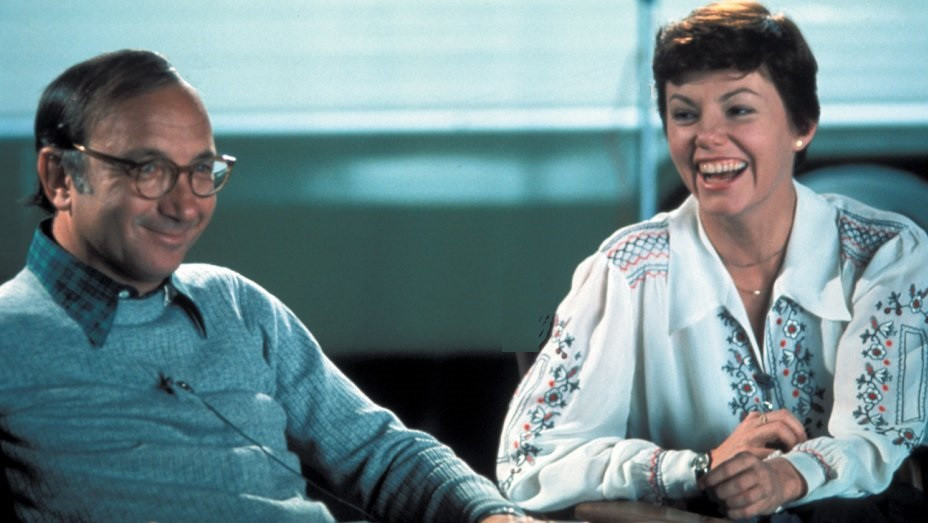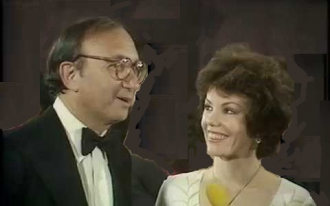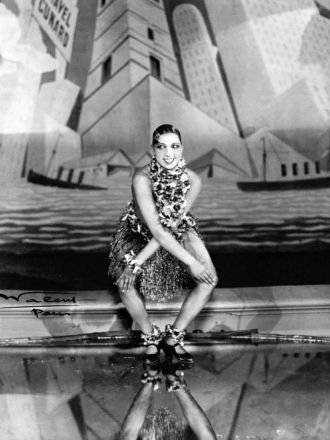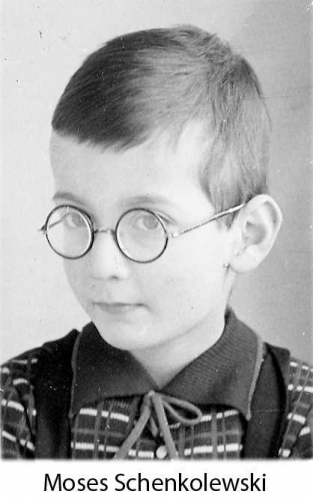Neil Simon and actress Marsha Mason.
They kept each other laughing.
Date & Place:
Not specified or unknown.


 Amanda S. Stevenson
Amanda S. Stevenson 





